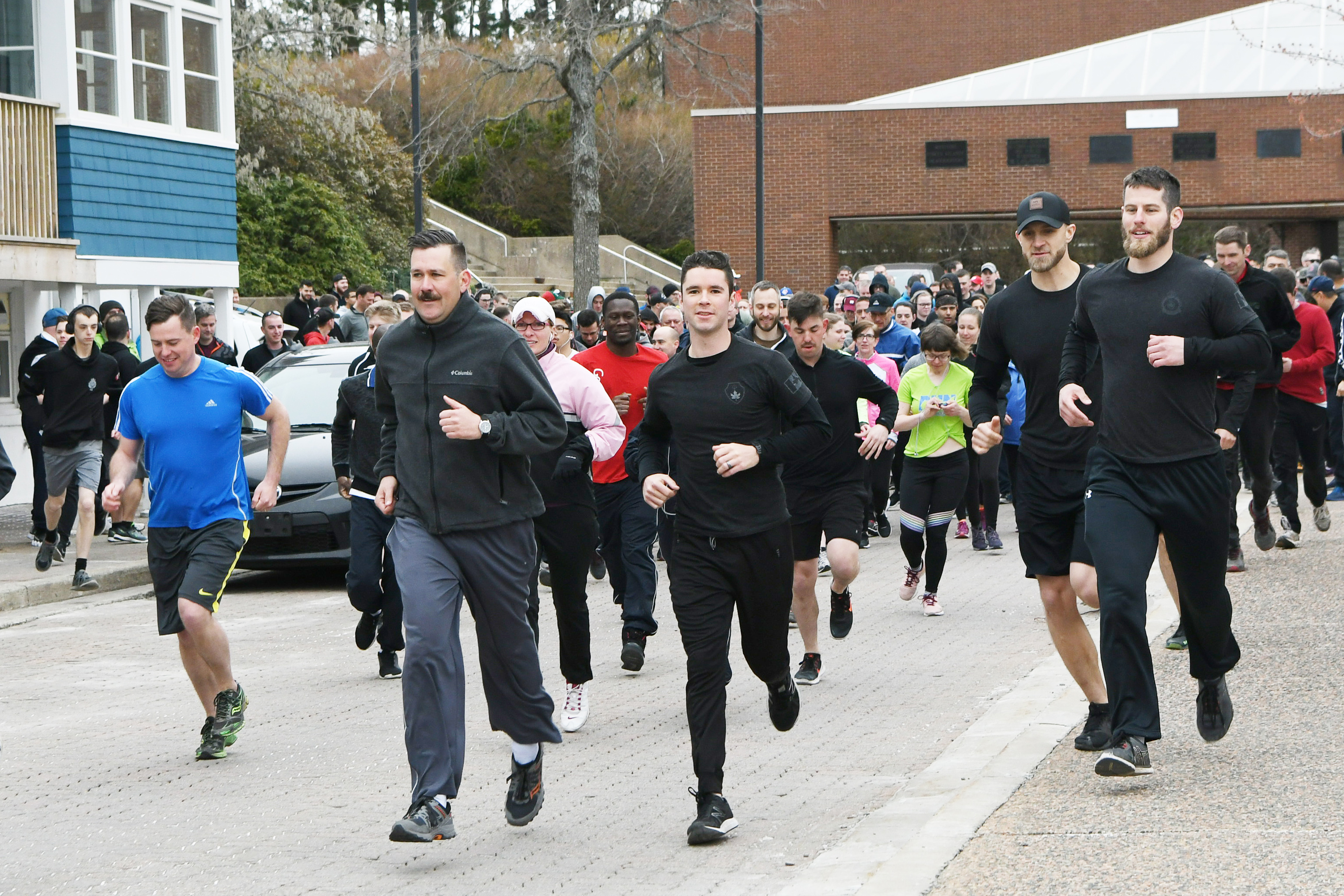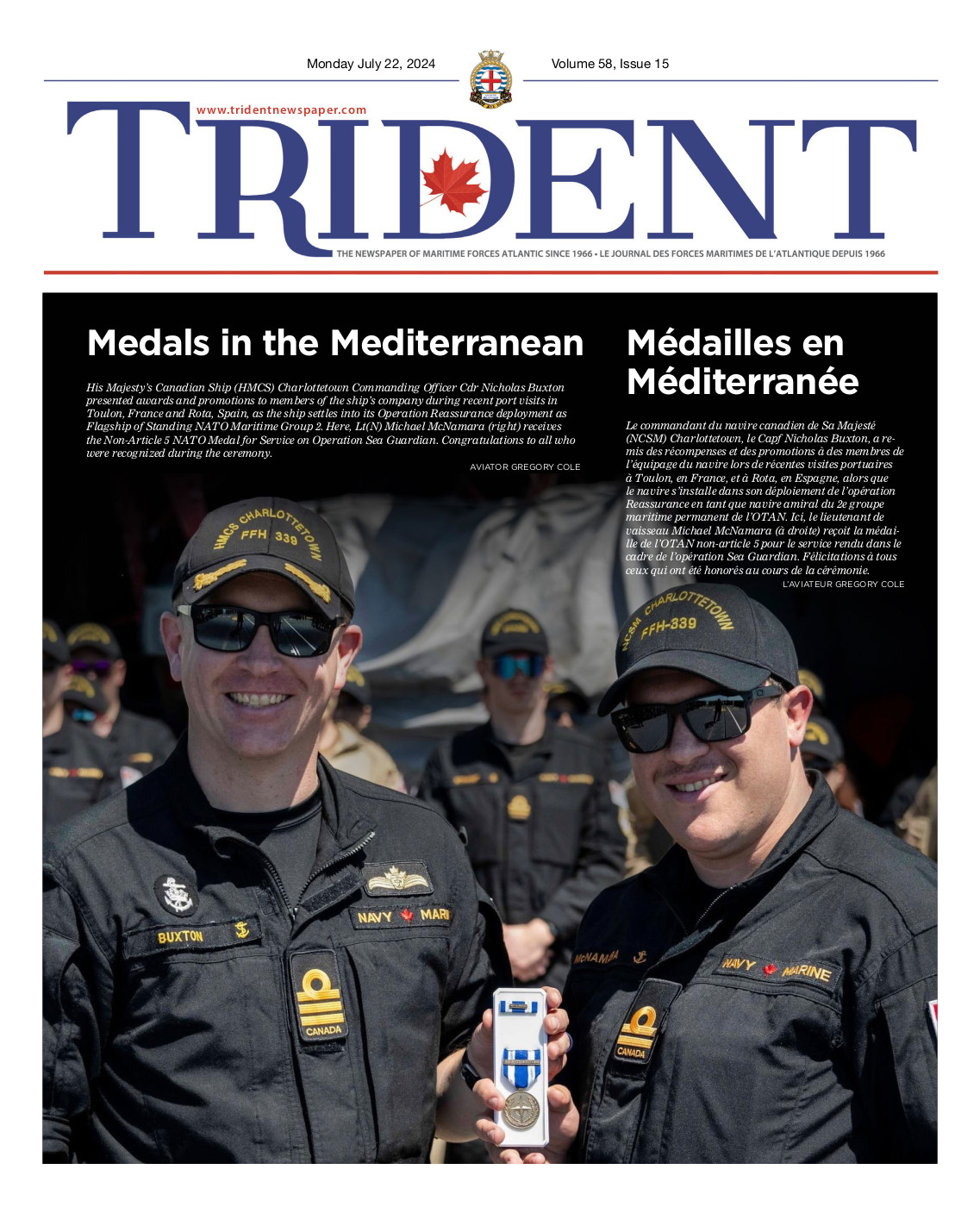
Improve your running economy
By Dave Carr,
PSP Halifax Fitness and Sports Instructor
Go for a run! A quick breath of fresh air to get out of the house. If you have been using this tactic to stay active, then follow these tips to be pain-free and increase your efficiency to run longer and faster.
Of course, to measure if you are more efficient you will need to keep track. Write down at least three things each run: How far you ran, how long it took, and compare it to how hard you feel you had to work for it on a numeric scale. Then look back every 5-10 runs or four weeks.
Running economy refers simply to how much energy you need to run at a given speed. This is a training factor that can improve your health without having to go as fast as you can. Things you can practice and apply pretty quickly can make a difference in how you feel during your run. The pace of your steps and the length of your stride, combined with how your foot rebounds off the ground, can help you run faster without having to get winded.
Forefoot strike for shock absorption
Walking and running towards your forefoot helps you receive feedback for your hips and back to move better and reduce injuries.When running there is a lot of elastic force stored in the many tendons of your foot and ankle. That can translate into absorbing the impact on knees and hips, and can push back on the ground to give you more speed. Keep up on your toes and think about flexing your calves as you take off. You may not run as long at first as you strengthen the muscles around the ankle, so start with a shorter distance run but try to do it a little faster.
Faster Foot Turnover and spending less time on the ground
Any time you spend with your foot on the ground is time you aren’t spending in motion in the air. This differentiates between running and walking, both feet leave the ground for a moment when running. Combining the forefoot strike and trying to push off the ground faster acts like pumping up a tire. When more air is in a tire, the total surface area increases, but the amount that contacts the ground at any one time is less. You will find a faster stride rate means you have to shorten the distance of each step but overall speed will go up. Again, train these steps in small intervals to strengthen and get used to running differently.
Put all your energy into running forward
Moving your arms when running is critical to counterbalance the hips and legs, but swinging them across your body when running wastes energy by sending momentum outwards. In the same way, bounding up and down is sending your energy output upward instead of forward. The more energy you spend on these extra directions the less capacity you will have to put into your speed. While keeping your body upright is the safest posture for running you can use your arms to reduce the twisting forces on your trunk.
Keep in mind that there is no ideal running pattern and your body and training level will change your gait towards your optimal technique. These three things to remember will help avoid running-related injuries like shin splints. The other factors that could affect your running economy include body dimensions, fatigue, speed, and external factors like wind and surfaces.





